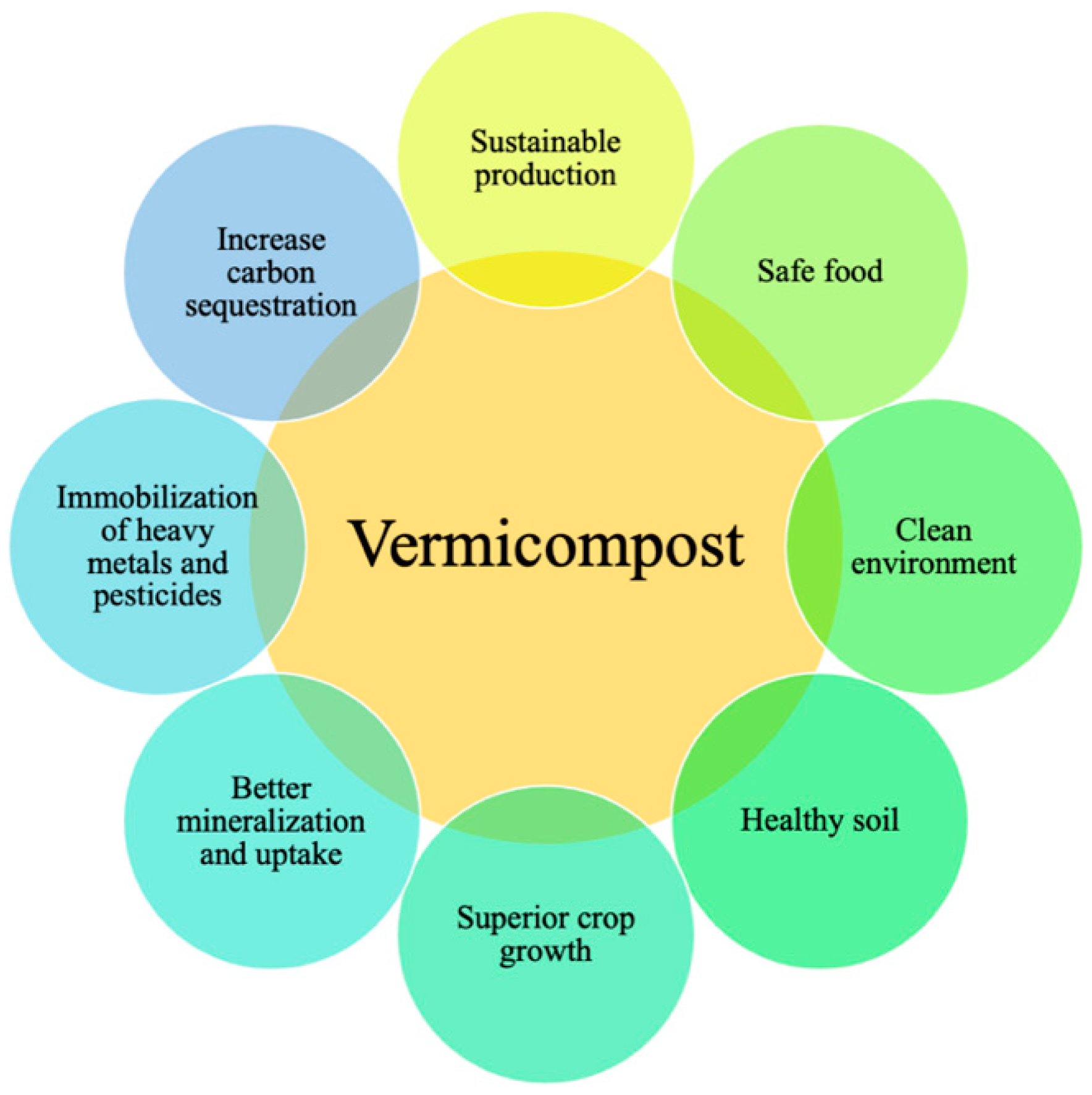The Best Strategy To Use For Red Wiggler Express
The Best Strategy To Use For Red Wiggler Express
Blog Article
A Biased View of Red Wiggler Express
Table of ContentsThe Definitive Guide to Red Wiggler ExpressLittle Known Questions About Red Wiggler Express.The Ultimate Guide To Red Wiggler ExpressThe smart Trick of Red Wiggler Express That Nobody is Talking AboutThe Definitive Guide for Red Wiggler Express

: A farmer can accumulate 5 to 10 tones of vermicompost per year when vermicomposting gets on a small range to match individual needs.: It is executed on a commercial scale, producing between 50 and 100 tonnes of natural waste each year. There are several methods to develop vermicompost, however the Bed and Pit treatments are the most popular.
This approach is straightforward to maintain and use.: Composting in pits that are 553 feet in size and made from concrete is the pit method. Thatch grass or any type of various other indigenous products are made use of to cover the framework. This approach is not favoured considering that it generates more waste, has inadequate oygenation, and sets you back more to generate.
A garden compost pit measuring around 2 meters by 1 meter ideally by 0.75 meters with a vermi bed layer in between 15 and 20 cm thick can suit 150 earthworms. Afterwards, a few random swellings of fresh cow manure are spread over the vermi bed. After that, dry fallen leaves or, ideally, sliced hay, straw, or agricultural waste biomass are piled right into the compost pit to a deepness of about 5 centimeters.
The 8-Minute Rule for Red Wiggler Express
The bed should neither be dry nor damp. The pit can after that be covered with a jutebag to maintain the birds away. Plastic sheets ought to not be utilized on the bed, since they trap heat. After the first thirty days, it is covered with damp, pre-digested natural waste of animal and/or plant origin from the kitchen, hotel, hostel, or farm, with a thickness of around 5 cm.
All natural wastes ought to be turned over or mixed regularly. The adhering to steps must be taken for the preparation of the compost pit; A compost pit of any type of functional dimension can be constructed in a field, yard, or backyard.

By using vermicompost, the soil ends up being more fertile and water-resistant. Adds necessary nutrients to the dirt like nitrogen, phosphorus, and potassium. Helps recycle organic waste in a helpful manner.
The 5-Second Trick For Red Wiggler Express
Vermicomposting calls for a lot of maintenance. The container for waste should not be either dry or really damp.
Limitation on the amount of waste that can be composted each time. Cold and hot weather condition can affect the task of the worms influencing the price of composting. Following are a few of the most typical applications of vermicomposting; The worm castings can be utilized as an option for fish feed.
: It is carried out on a business range, generating in between (https://www.openlearning.com/u/williamanderson-sm7nku/about/) 50 and 100 tonnes of organic waste each year. The major elements that can influence the procedure of vermicomposting and the quality of garden compost are; temperature, wetness, pH, waste web content, ammonia content, salt content, and oygenation of the dirt.
Not known Facts About Red Wiggler Express
Problems of vermicomposting are; it is a time consuming procedure, it releases rotten odor, it calls for high maintenance, cold and hot weather conditions might impact the process, restriction for compost that can be generated, and so on. Improve.
A vermicompost project for beginners requires to be very easy and also enjoyable. look at here now Vermicomposting is not tough and can be enjoyable and gratifying. If you have children in your residence, that is excellent because worm composting will certainly be also more fun. Who can do this? Well, anybody can and should. If you create waste or yard, a worm container need to be a component of your home.
I can hear you full blast there. "However, why should we all be composting with worms?" "What is in it for me?" I am really delighted you asked. So, allow's have a little discussion concerning vermiculture. The is the use earthworms to transform natural wastes right into maintained raw material under regulated conditions.
What does it indicate? I will damage it down for you. Vermicomposting is the usage of (composting worms) to transform (ie. food scraps, paper, cardboard) into(worm castings) under(worm bin). Simply placed, vermiculture is keeping some composting worms in a worm bin with organic waste bedding and feeding them food scraps.
The Single Strategy To Use For Red Wiggler Express
Now, I want to speak concerning 3 important reasons to start a vermicomposting task today. Leading. Among the significant benefits of vermicomposting is drawing away natural waste from the land fill. Organic wastes make up nearly 40% of all land fill materials. Some organizations have greater quotes so 40% is a conventional number.

Report this page